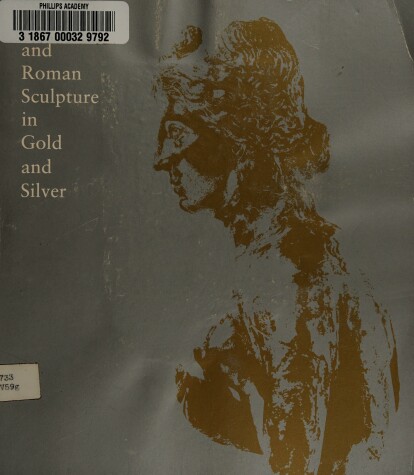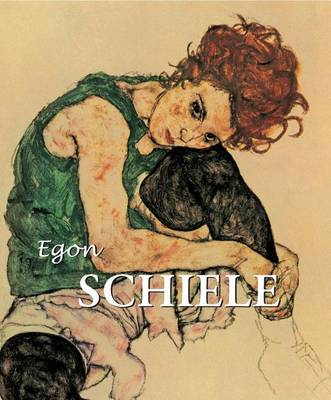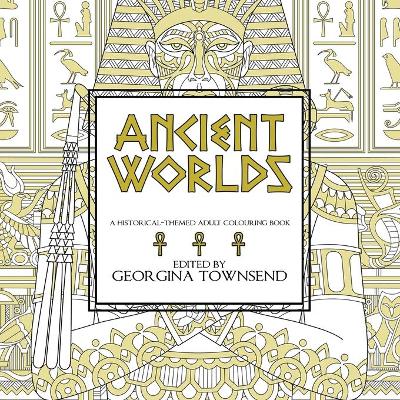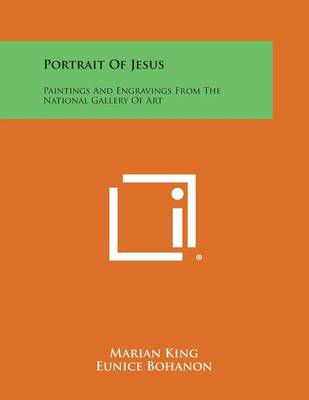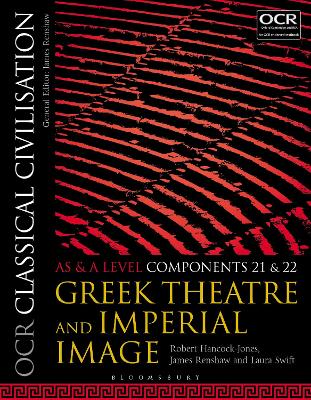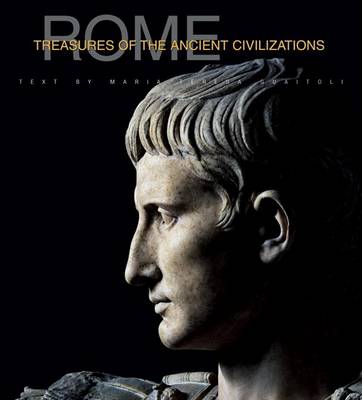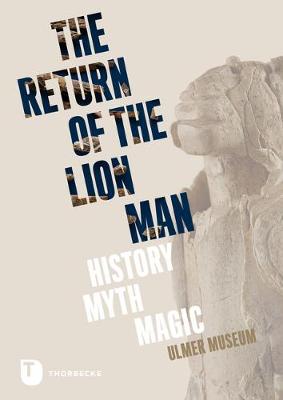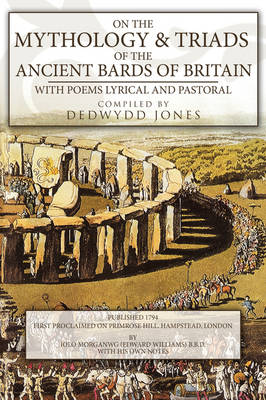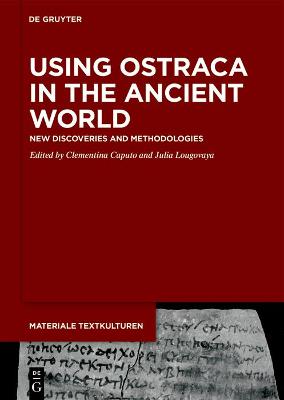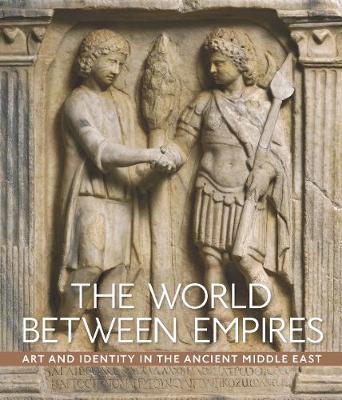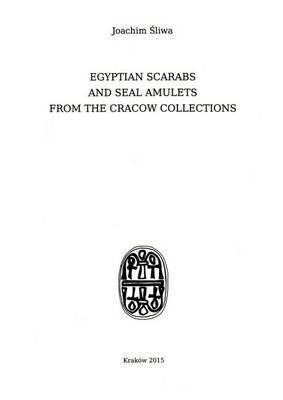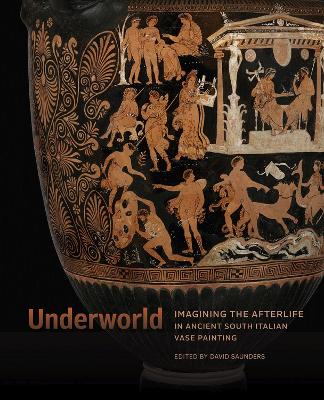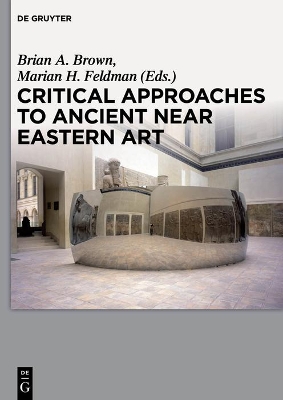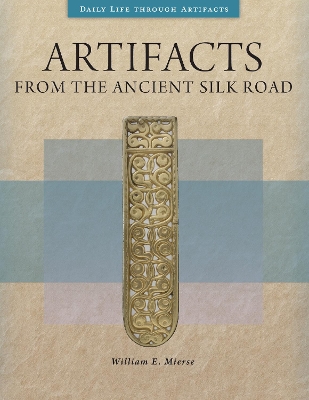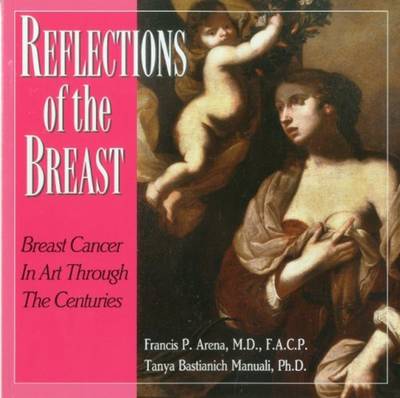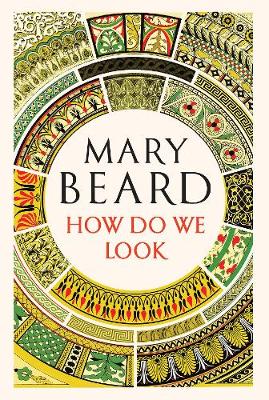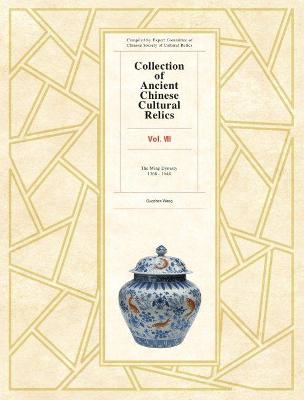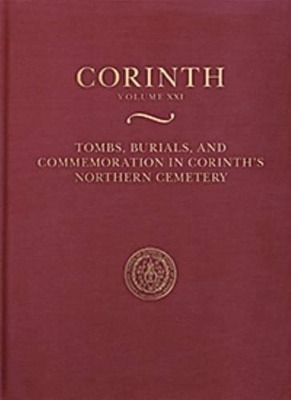Diener Fur Die Ewigkeit (Hildesheimer Agyptologische Beitrage, #54)
by Theresa Kohl
Walther Amelung: Die Sculpturen Des Vaticanischen Museums. Band 1, Text
by Walther Amelung
Egon Schiele (Mega Square) (Best of)
by Esther Selsdon and Jeanette Zwingerberger
Dating and interpreting the past in the western Roman Empire
This volume presents a collection of more than 30 papers in honour of one of Europe's leading scholars on Roman pottery, Brenda Dickinson. Divided into thematic sections, papers are mostly concerned with her principal area of study, samian, but also touch on Brenda's other interests, with investigations into, for instance, the likely species of Lesbia's pet bird (Catullus) and language and style in the "British" speeches in Tacitus. Papers in the section on potters and potteries examine t...
OCR Classical Civilisation AS and A Level Components 21 and 22
by Robert Hancock-Jones, James Renshaw, and Laura Swift
This textbook is endorsed by OCR and supports the specification for AS and A-Level Classical Civilisation (first teaching September 2017). It covers Components 21 and 22 from the 'Culture and the Arts' Component Group: Greek Theatre by James Renshaw and Laura Swift Imperial Image by Robert Hancock-Jones Why was tragedy and comedy so central to Athenian life? How did drama challenge Athenians to reflect on their way of living? How did the emperor Augustus present himself as the restorer of Rome...
Using Ostraca in the Ancient World (Materiale Textkulturen)
Throughout Egypt's long history, pottery sherds and flakes of limestone were commonly used for drawings and short-form texts in a number of languages. These objects are conventionally called ostraca, and thousands of them have been and continue to be discovered. This volume highlights some of the methodologies that have been developed for analyzing the archaeological contexts, material aspects, and textual peculiarities of ostraca.
A timely and definitive exploration of the art and culture of the ancient civilizations situated between Rome and the Middle East that presents a new way of understanding the region's influential heritage This publication examines the art and architecture of regions that served as major trade routes between the Roman and Parthian Empires from 100 B.C. to A.D. 250. The book examines the cultural histories of cities including Petra, Baalbek, Palmyra, Dura-Europos, and Hatra together for the firs...
Egyptian Scarabs and Seal Amulets from the Cracow Collections
by Joachim Sliwa
Underworld - Imagining the Afterlife in Ancient South Italian Vase Painting
What happens to us when we die? What might the afterlife look like? For the ancient Greeks, the dead lived on, overseen by Hades in the Underworld. We read of famous sinners, such as Sisyphus, forever rolling his rock, and the fierce guard dog Kerberos, who was captured by Herakles. For mere mortals, ritual and religion offered possibilities for ensuring a happy existence in the beyond, and some of the richest evidence for beliefs about death comes from southern Italy, where the local Italic peo...
Critical Approaches to Ancient Near Eastern Art
This volume assembles more than 30 articles focusing on the visual, material, and environmental arts of the Ancient Near East. Specific case studies range temporally from the fourth millennium up to the Hellenistic period and geographically from Iran to the eastern Mediterranean. Contributions apply innovative theoretical and methodological approaches to archaeological evidence and critically examine the historiography of the discipline itself. Not intended to be comprehensive, the volume instea...
Artifacts from the Ancient Silk Road (Daily Life through Artifacts)
by William E Mierse
Artifacts from the Ancient Silk Road explores the interconnectivity of the Eurasian continent from 4000 BCE to 1000 CE. It focuses on the role played by Central Asia through which passed the major trade routes, the Silk Roads. Artifacts from the Ancient Silk Road covers life along the Silk Road over 5000 years as it can be understood by considering objects. In this first object-based study to consider all of the peoples involved on the Silk Roads, objects provide the vehicles for explorations o...
Reflections of the Breast
by Francis P. Arena and Tanya Bastianich Manuali
Conceived as a gorgeously illustrated accompaniment to "How Do We Look" and "The Eye of Faith," the famed Civilisations shows on PBS, renowned classicist Mary Beard has created this elegant volume on how we have looked at art. Focusing in Part I on the Olmec heads of early Mesoamerica, the colossal statues of the pharaoh Amenhotep III, and the nudes of classical Greece, Beard explores the power, hierarchy, and gender politics of the art of the ancient world, and explains how it came to define th...
Tombs, Burials, and Commemoration in Corinth's Northern Cemetery (Corinth, #21)
by Kathleen Warner Slane
Rescue excavations were carried out along the terrace north of Ancient Corinth by Henry Robinson, the director of the Corinth Excavations, and the American School of Classical Studies at Athens on behalf of the Greek Archaeological Service, in 1961 and 1962. They revealed 70 tile graves, limestone sarcophagi, and cremation burials (the last are rare in Corinth before the Julian colony), and seven chamber tombs (also rare before the Roman period). The burials ranged in date from the 5th century B...
Attic Red-Figure Pelikai of the 4th Century BC from Panticapeum, Part I (Corpus Vasorum Antiquorum Russia, #22)
by Dmitrij Vasko
